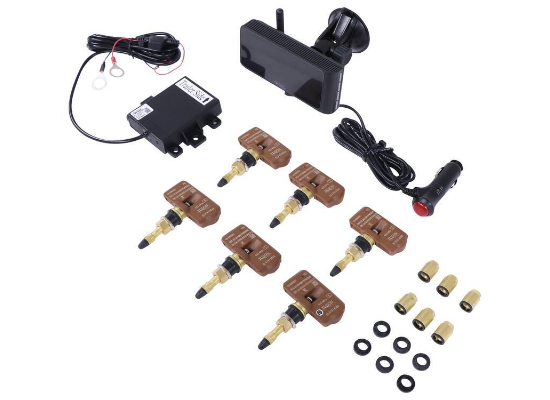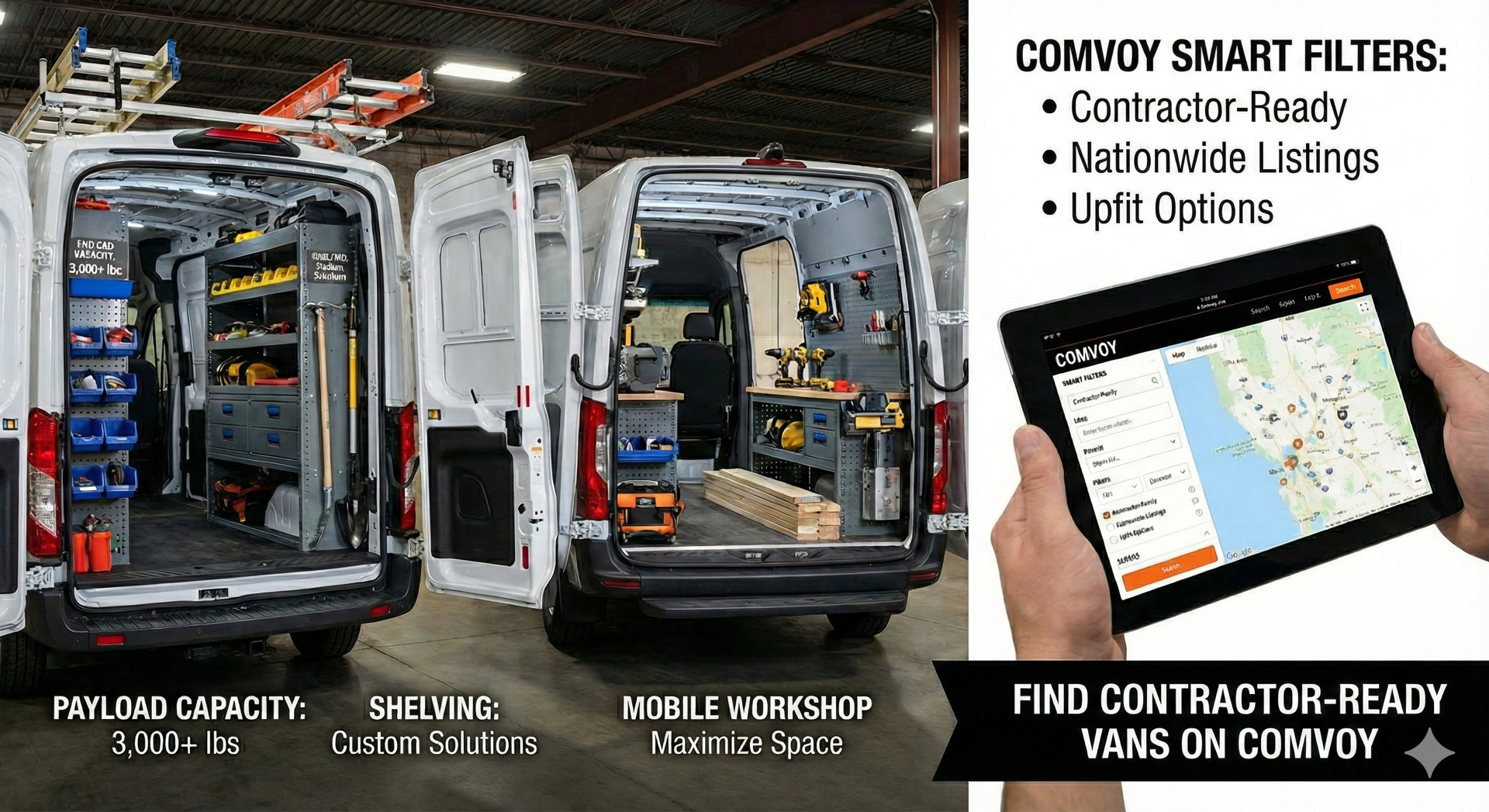Tire Pressure Monitoring Systems (TPMS) for Commercial Vehicles


Tire Pressure Monitoring Systems (TPMS) for Commercial Vehicles
Designed to monitor and maintain optimal tire pressure levels, tire pressure monitoring systems (TPMS) are essential components in modern commercial vehicles. With the primary goal of improving safety and efficiency, TPMS has become increasingly important in the transportation industry. Due to the critical role that TPMS plays in vehicle performance and safety, the U.S. Department of Transportation (DOT) has advocated for its benefits at least as far back as 2005.
Benefits of TPMS for Commercial Vehicles
In today's competitive commercial transportation industry, the humble TPMS has emerged as an invaluable tool for fleet operators. Offering numerous benefits, TPMS is an essential technology that reduces risk, lowers operational costs and contributes to a greener environment.
The benefits of TPMS include:
Improved fuel efficiency: Properly inflated tires reduce rolling resistance, which in turn improves fuel efficiency. TPMS helps maintain optimal tire pressure, ensuring that commercial vehicles consume less fuel and operate more cost-effectively.
Enhanced safety: Underinflated or overinflated tires can lead to poor handling, uneven tire wear, and even blowouts. TPMS alerts drivers to potential tire pressure issues, allowing them to address the problem before it becomes a safety hazard.
Prolonged tire life: Maintaining the correct tire pressure extends the lifespan of tires, promoting even wear and reducing the risk of damage. TPMS helps commercial fleet operators save money on tire replacements and reduce downtime caused by tire-related issues.
Reduced maintenance costs: Running tires at low pressure for extended periods of time not only wears the tire prematurely, but can also lead to complete tire failure. By continuously monitoring tire pressure, TPMS can help identify slow leaks and other issues early on, allowing for timely repairs and preventing more extensive damage due to tire failure.
Environmental benefits: Improved fuel efficiency and reduced tire wear contribute to a smaller carbon footprint, making TPMS an environmentally friendly solution for commercial vehicle operators.
Two Types of TPMS
There are two main types of TPMS used in commercial vehicles; direct TPMS and indirect TPMS.
The direct TPMS uses sensors to measure air pressure directly. The sensors transmit real-time pressure data to either the vehicle's onboard computer, an aftermarket monitoring unit, or a digital monitoring app. The monitoring system creates an alert if any tire falls outside the recommended pressure range.
TPMS are available in various levels of complexity. At one end of the spectrum you have sensor units that screw onto the external end of the existing valve stem and send data to a smartphone app or a simple receiving unit.

There are also systems combining integrated sensor/valve stem units with the sensor located on the interior of the wheel, with data sent to a small receiving unit. More advanced systems can integrate data into a company’s fleet management software.

Direct TPMS is highly accurate, but can be more expensive and require additional maintenance compared to indirect systems.
An indirect TPMS uses data from the vehicle's anti-lock braking system (ABS) and wheel speed sensors to estimate tire pressure. While less expensive and easier to maintain than direct TPMS, indirect systems may not be as accurate and can be affected by factors such as tire wear and road conditions.
Fleet Protection with TPMS
It may be that companies with, say up to four vehicles in their fleet can maintain appropriate pressures with manual procedures. But this assumes proper physical checks are truly being conducted… with gauges rather than thumping tires with a hammer or bat. Physical airchecks become decidedly more cumbersome as fleet numbers increase. More time is needed to perform and record checks, which adds labor cost. Unfortunately, in real-world scenarios, the added task also increases the risk of fraudulent air checks.
On the other hand, TPMS provides a quick, accurate way to check tire pressures and avoid costly damage to vehicles. The additional cost of installing a TPMS system is likely to be offset by eliminating accumulated man-hours and avoiding expensive repairs down the road.
For maximum benefit, some TPMS can be integrated with fleet management software. Being able to access tire pressure data alongside other vehicle information, such as fuel consumption and driver behavior, can provide a holistic view of your fleet's health and performance, making it easier to identify trends and take action to optimize your operations.
Conclusion
The importance of TPMS in commercial vehicles cannot be overstated. And, although not yet mandatory in the U.S. (TPMS is already mandatory in EU countries) on commercial vehicles, investing in a reliable and effective TPMS can improve safety, efficiency, and overall performance.
 Best Work Vans for Contractors
Best Work Vans for Contractors Best Gifts for Truck Drivers and Truck Owners (2025 Guide)
Best Gifts for Truck Drivers and Truck Owners (2025 Guide) 2026 Commercial Trucks and Vans: What’s New from Ford, GM, and Ram
2026 Commercial Trucks and Vans: What’s New from Ford, GM, and Ram The Value of Work Ethic: Comvoy.com Promotes Mike Rowe's Work Ethic Scholarship Program
The Value of Work Ethic: Comvoy.com Promotes Mike Rowe's Work Ethic Scholarship Program Trump's 25% Trucking Tariffs: The Devil is in the Details
Trump's 25% Trucking Tariffs: The Devil is in the Details







